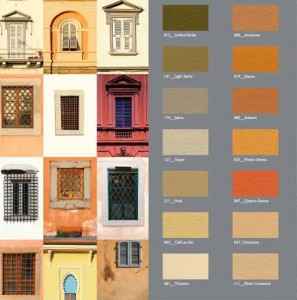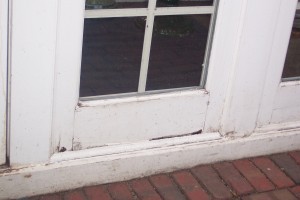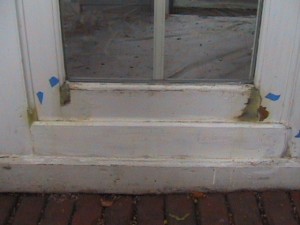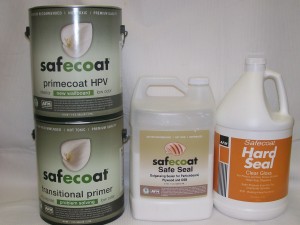We all know that “green” paints are good for the environment. They are also great if you are allergic or sensitive to some paint additives. There is no universal rule about what people may be allergic to or which “Green” paint they will not react to. Additionally, many “No-VOC,” eco-friendly paints have a number of additives which, although they do not contain VOCs, can have serious side effects with some people. When allergies are involved, it is important to carefully select the products for a house paint job.
Last Sunday, Painting in Partnership, from the Barrington area, received an urgent email, followed by an equally urgent phone call. This prospective client had just moved out of her condo, following an unsuccessful attempt to paint a room in her condo. After priming the walls, she felt dizzy, achy and generally terrible. She then had an ah-ah moment and said to herself: “The paint is making me sick!” She immediately left her condo and checked into a nearby hotel to stay away from the fumes.
Two years earlier, she had had a similar experience after painting another room in her condo. The difference is that she then thought that there was something wrong with her. It did not occur to her at the time that the paint was the culprit. She went through a whole battery of tests that did not find anything wrong with her. After a few months, the symptoms disappeared. Everything slowly came back to normal and she forgot about it, until the last episode.
What we did, as part of our “green” paint prescription was to use an off-gassing sealer over the primer she had used. For top coats, we chose Mythic Paint, a line of non-toxic, zero VOC and virtually odorless paints. The ultimate performance test was our client not having any reaction at all after she returned to her condo. Mythic Paint saved the day for our client! Devising “green” solutions to meet the specialized needs of our clients is part of what we do as house painting contractors.







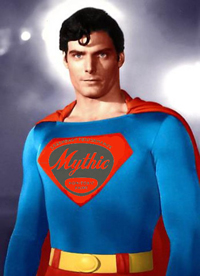
 Follow
Follow

